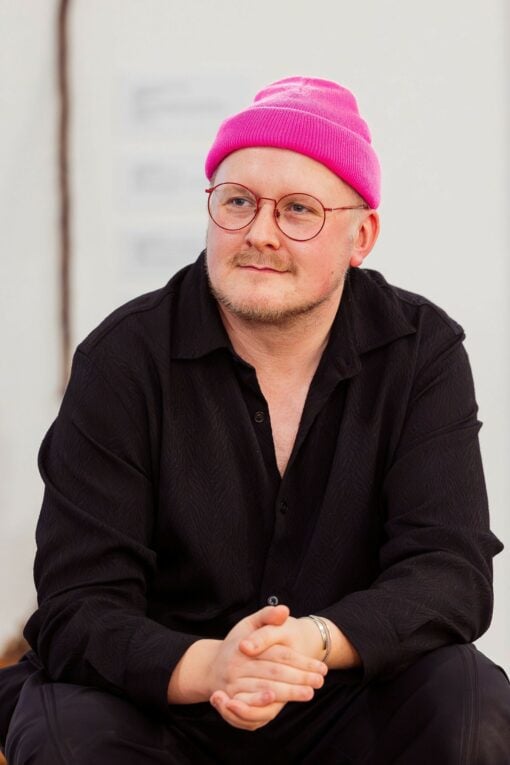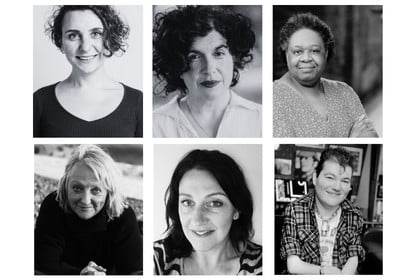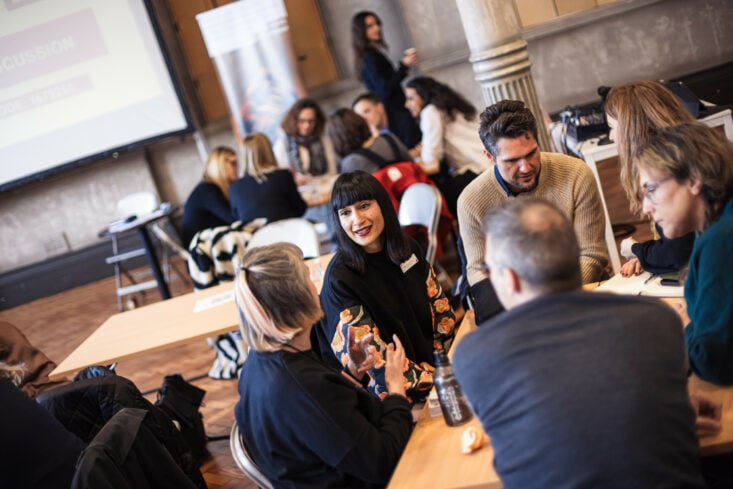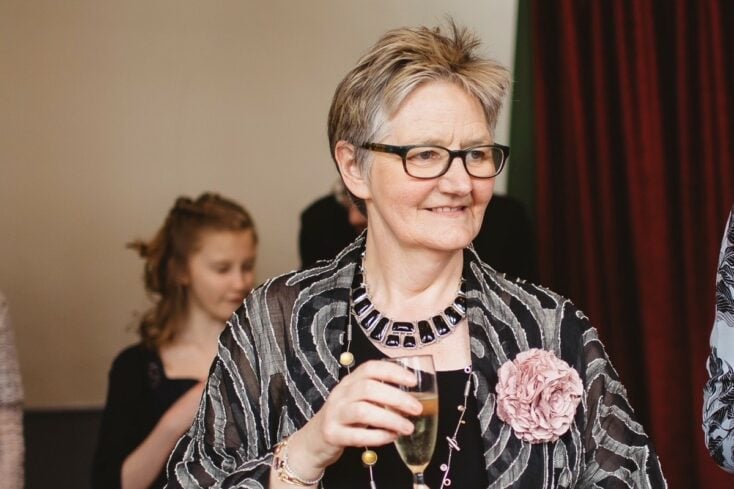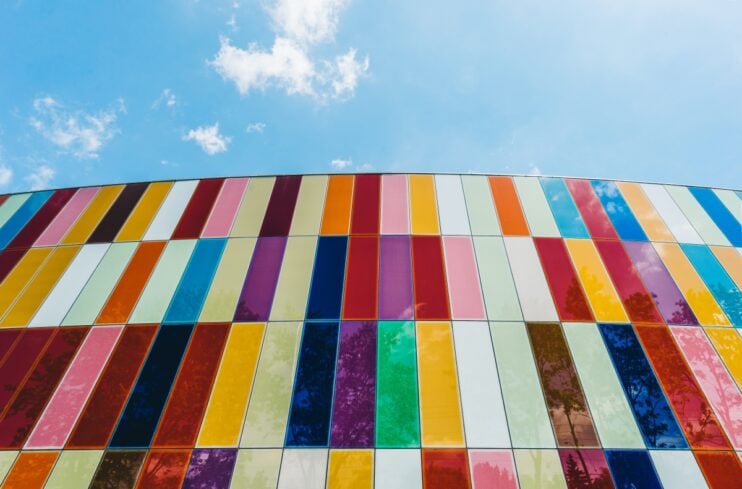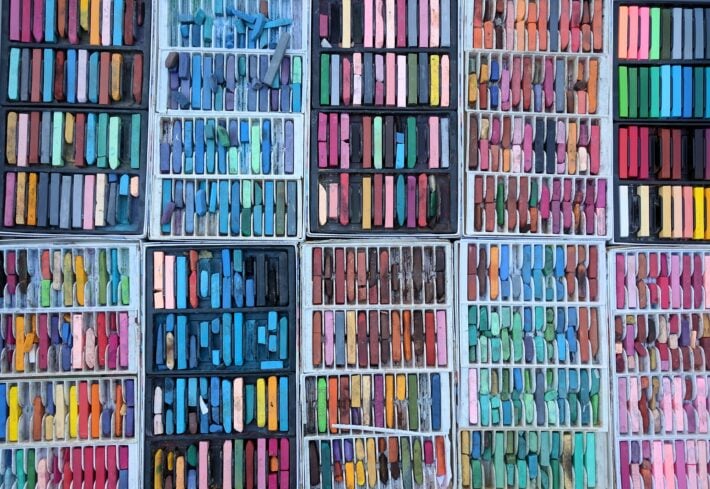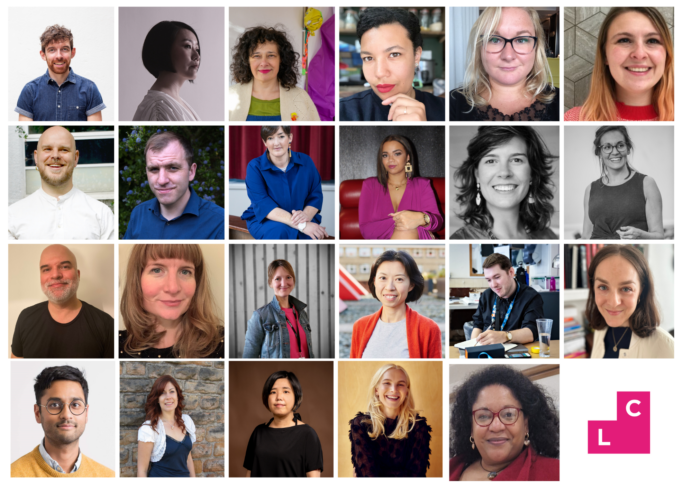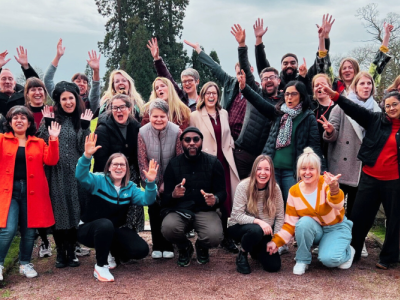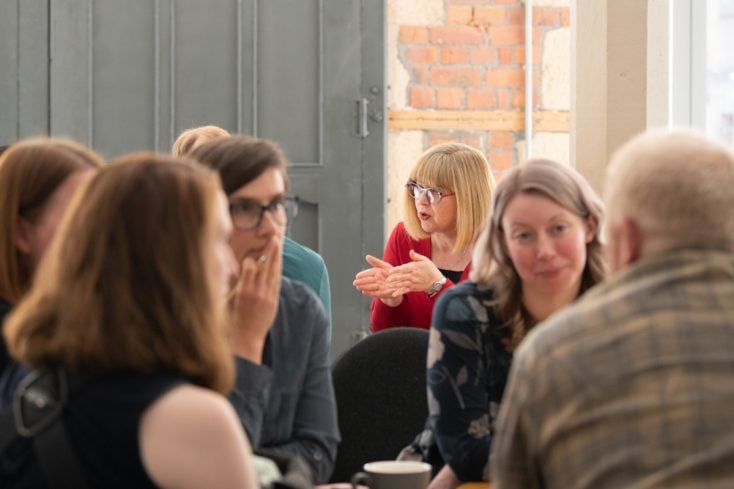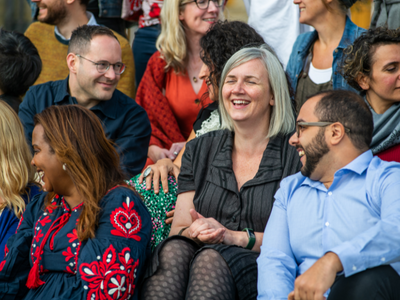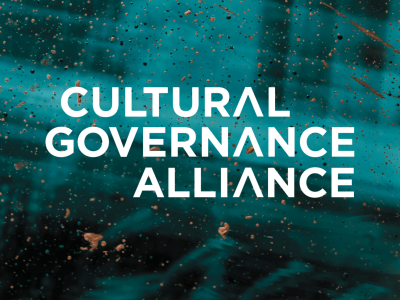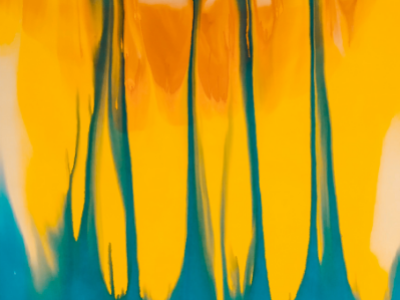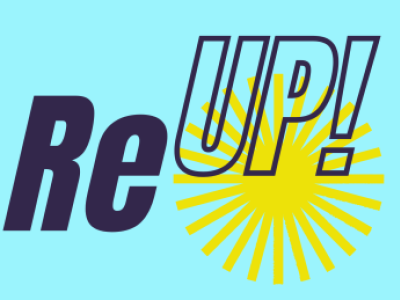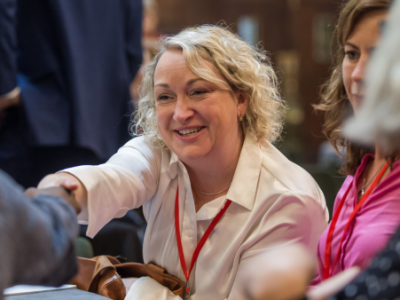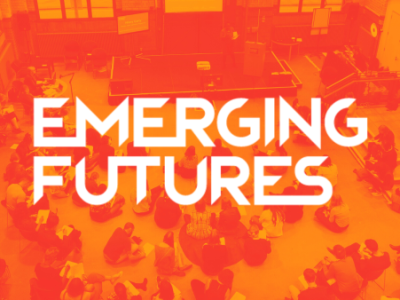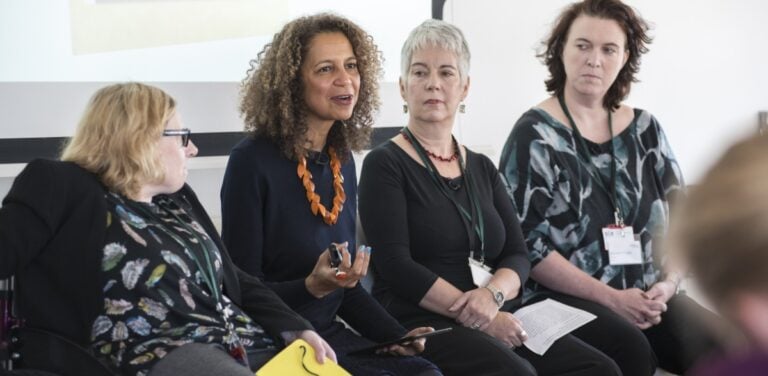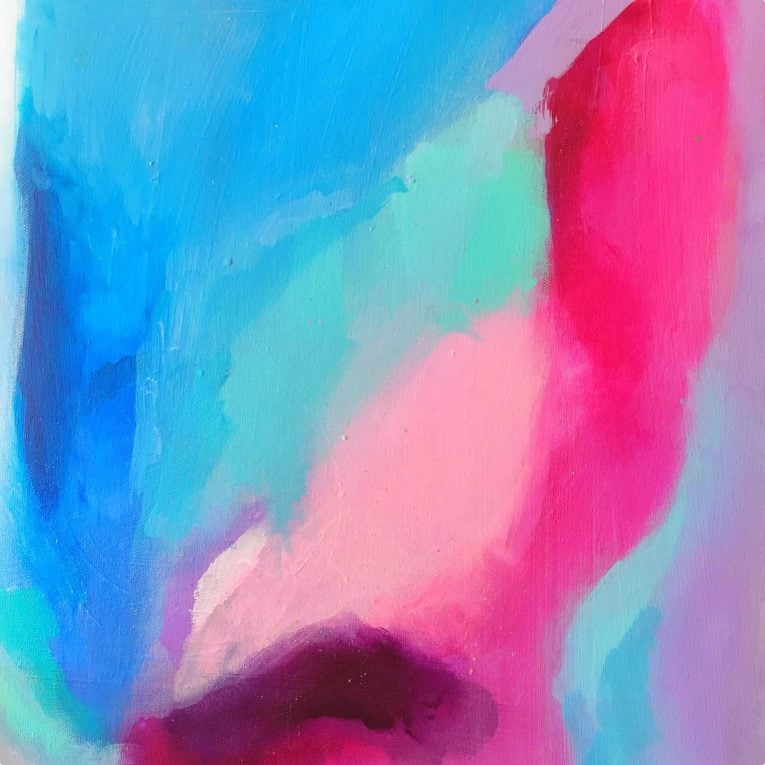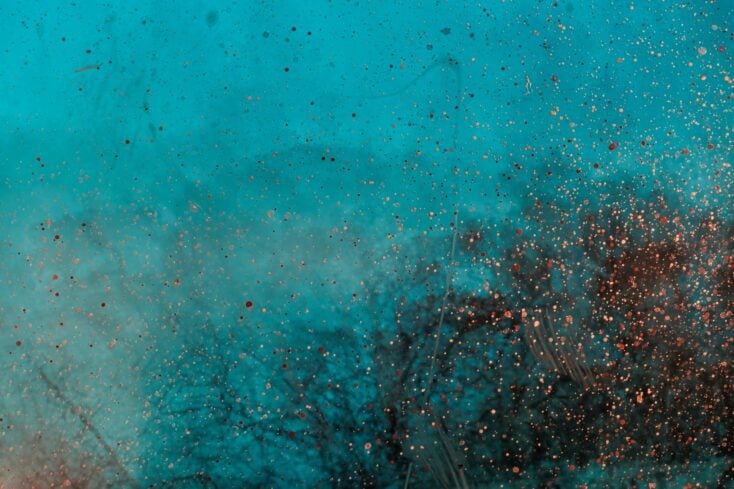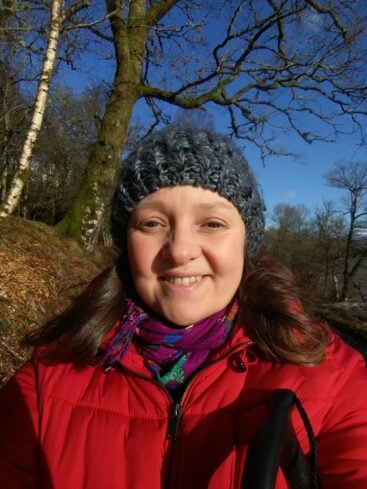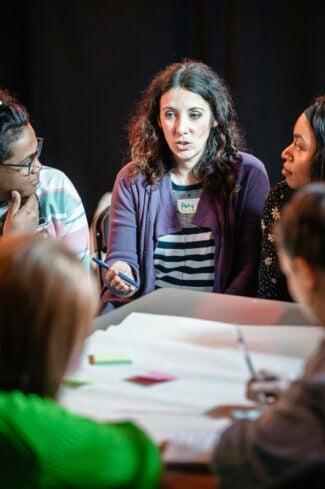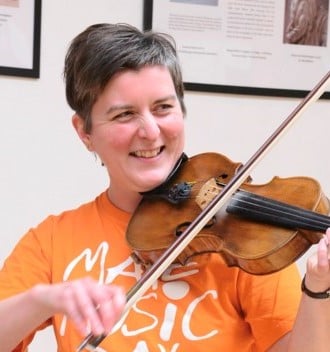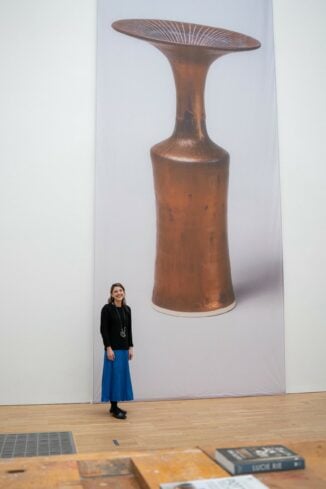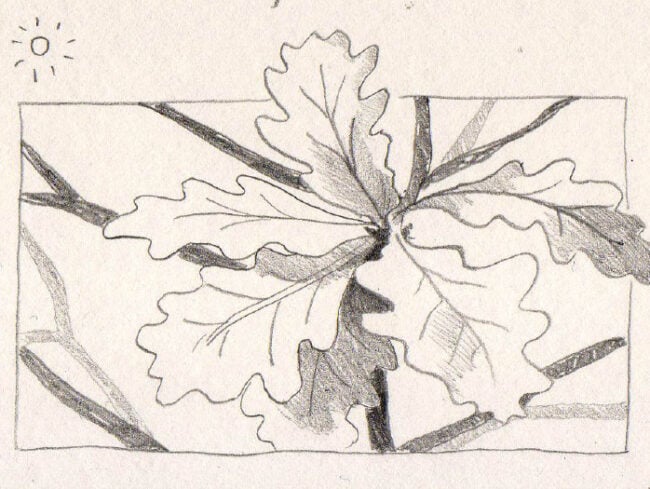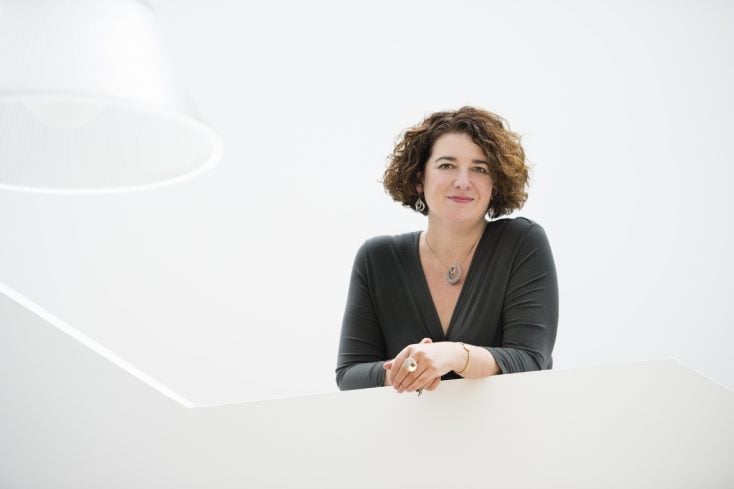What pace would you like us to perform for you?
Clore Fellow 2022, visual artist Garth Gratrix, challenges pace to include queerness and what we can do on the periphery to commit to change in the UK Arts and Cultural Sector that is pace-conscious
Introduction
This provocation examines the relationship between art and the notion of pace. It explores how artists have employed various strategies to engage with pace, challenging traditional understandings of time and inviting viewers to reflect on their own temporal experiences. Simultaneously, it explores queer artistic leadership, and the coast as a peripheral power for changes in pace to influence the arts and cultural sector. It is written from the leadership position of a full-time self-employed artist, curator and founding director of an artist-led studio and project space provision – Abingdon Studios, Blackpool.
Pace as an Agent of Transformation
The significance of pace as an impetus for evolution and change in the arts and cultural sector is evident in the works of contemporary artists. Marina Abramović, known for her durational performances, challenges temporal boundaries and invites viewers to reflect on the experience of time. She states, “The slowness of my performances is very important because it allows the viewer to concentrate and enter into a meditative state” (Abramović, 2010). Ragnar Kjartansson’s repetitive and durational installations disrupt traditional temporal structures, encouraging contemplation. Kjartansson explains, “I’m interested in the idea of drawing things out, of being completely in the present” (Kjartansson, 2018). Queer artists such as Felix Gonzalez-Torres also explore pace, as seen in his installations that invite viewers to actively engage and participate. Gonzalez-Torres remarked, “I want the viewer to feel that he or she is a participant in my work” (Gonzalez-Torres, 1995). These artists demonstrate that altering the pace of artistic experiences can stimulate profound engagement and transformative encounters.
Policy and Changing Paces
The Priority Place and Levelling Up agendas have the potential to shape the arts and cultural sector by addressing regional inequalities and fostering cultural development. These policies provide an opportunity to ensure artists from all backgrounds benefit from support and investment. By changing pace, the sector can fulfil the objectives of these policies, empowering working-class artists and communities. As stated in the Levelling Up Fund guidance, “The fund will invest in infrastructure that improves everyday life across the UK, including town centre and high street regeneration, local transport projects, and cultural and heritage assets” (UK Government, 2021). By aligning pace with these policies, the sector could be sassier in ensuring inclusive and thriving artistic ecosystems are foregrounded.
Intersectionality and Inclusivity
Embedding an altered pace within the arts and cultural sector is crucial to fostering intersectionality and inclusivity. Queer artists such as Zanele Muholi explore pace as a means to challenge heteronormative structures and expand queer narratives. Muholi’s photography series, ‘Faces and Phases’, documents the LGBTQ+ community in South Africa, highlighting the diverse stories and experiences within the queer community. Muholi explains, “Each portrait is a visual assertion of our existence and resistance” (Muholi, 2020). The work of multidisciplinary artist Juliana Huxtable also disrupts the pace of the art world, using performance and digital media to explore identity and queerness. Huxtable states, “I don’t care about fitting into the frameworks that others create for me; I want to create my own framework” (Huxtable, 2018). By changing the sector’s pace, it can create spaces that embrace and celebrate the intersectional realities of artists from diverse backgrounds.
Rethinking Leadership
Leaders within the arts and cultural sector must reimagine their roles to embrace the power of pace and artists as thought leaders. We need to adopt an empathetic, collaborative and responsive approach, and this requires investment into nuanced leadership styles to support shifts in pace to breathe, revisit, reimagine and take time for collective formal frolic. By valuing diverse voices and empowering marginalised artists, leaders can reshape the sector’s dynamics. As noted by Elizabeth Méndez Berry and Chi-hui Yang, “An effective cultural leader recognizes and respects the aesthetic contributions and knowledge of community members and works to transform institutions to better serve the communities they are intended to benefit” (Berry & Yang, 2015). By recalibrating their approaches and championing a more inclusive and dynamic artistic ecosystem, leaders can create transformative spaces that reflect the diverse fabric of society.
Practical and conceptual next steps are necessary to effectively implement pace and queerness as mechanisms for change. These steps require a collective effort and a willingness to challenge established norms. Some examples:
- Embracing Curatorial Disruption: Curators and institutions can adopt a more experimental and flexible approach to programming, allowing for diverse temporal experiences and artistic expressions. By curating exhibitions and events that challenge traditional notions of pace, the sector can create transformative encounters for audiences. “As we embrace failure as a result of disrupting normative structures, we create spaces for new possibilities and alternative modes of existence” (Halberstam, ‘The Queer Art of Failure’, 2011)
- Intersectional Collaborations: Encouraging collaborative efforts between artists from different backgrounds and disciplines can foster intersectionality and inclusivity. By embracing the power of interdisciplinary collaborations, the sector can create spaces that amplify marginalised voices and challenge societal norms. Artist and scholar Audre Lorde reminds us, “It is not our differences that divide us. It is our inability to recognize, accept, and celebrate those differences” (Lorde, 1984).
- Advocacy for Policy Change: Artists, cultural leaders and activists must actively advocate for policy changes that prioritise the needs and interests of diverse artists and communities. By engaging in dialogues with policymakers and influencing policy agendas, the sector can shape a more equitable and supportive ecosystem. Philosophers Bucks Fizz tell us “You gotta speed it up, then you gotta slow it down” (Bucks Fuzz, ‘Making Your Mind Up’, 1981 Eurovision Song Contest Winners).
- Cultivating Queer Aesthetics: Embracing queerness as an aesthetic and conceptual framework can challenge normative structures within the arts and cultural sector. Artists and institutions can explore alternative temporalities, non-binary identities and fluid narratives to disrupt traditional modes of representation. Philosopher Judith Butler reminds us, “Gender is a kind of imitation for which there is no original; in fact, it is a kind of imitation that produces the very notion of the original as an effect and consequence of the imitation itself” (Butler, 1990).
By implementing these practical and conceptual next steps, the arts and cultural sector can create an environment that embraces the transformative power of pace and queerness, fostering an inclusive artistic landscape that celebrates diversity, intersectionality, and the richness of human experiences.
We’re not in Kansas any more, Toto!
Whilst I have you, my pretties, I’d like to propose a change in orientation, or stance. Positioning ideas of pace and queerness on the UK coastline can serve as a powerful strategy for reimagining the arts and cultural sector that still seeks to connect outwardly and in allyship. The coast, with its unique spatial and temporal qualities, offers an opportunity to subvert expectations, challenge normative structures, and create alternative spaces for artistic expression. It is the frontline and forgotten edge in its peripheral power and potential. The coast can bring a distinct understanding of pace and identity that contributes to the growth (or evolution) of the sector. How?
- Coastal Temporalities: The coastline embodies a distinct sense of time, influenced by tides, erosion and the ever-shifting nature of the sea. This fluidity of time can be harnessed to challenge traditional notions of pace and disrupt linear narratives. Queer artist Derek Jarman, known for his experimental films and poetic writings, explored the coastal landscape in his work. His film ‘The Garden’ (1990) and his book ‘Modern Nature’ (1991) capture the meditative and transformative qualities of the coast, blurring the boundaries between past, present and future. Jarman stated, “The coast will be our edge, a thin space between our ways and the ways of others”(Jarman, 1991).
- Queer Coastal Narratives: The coast has historically been a site of queerness, offering refuge, inspiration and liberation. Queer artists have found solace and creative inspiration in coastal communities, subverting societal expectations and norms. The works of filmmaker Isaac Julien, particularly his film ‘Looking for Langston’ (1989), explores the intersection of queerness, identity and the coastal landscape. Julien’s evocative imagery and poetic storytelling challenge the traditional representation of queerness. He notes, “The coast becomes a site of imagining other possibilities, of transgressing the boundaries that constrain us” (Julien, 1989). The coast provides a fertile ground for queer artists to envision alternative narratives and challenge the status quo within the sector. ‘
- Revisiting Coastal Communities: Coastal communities often face economic challenges and marginalisation. By centring artistic interventions and initiatives in these communities, the sector can address inequalities and create transformative change. Projects such as Artists Rooms: The South Coast have brought contemporary art experiences to coastal areas, engaging with local communities and challenging preconceived notions of the arts. Queer artist and activist Sunil Gupta’s photography series ‘The New Pre-Raphaelites’ (2008) captures the lives and stories of LGBTQ+ communities in Brighton, highlighting the vibrant queer culture that thrives on the coast. Gupta emphasises, “The coast offers an opportunity to rewrite narratives, to challenge heteronormativity, and to foster a sense of belonging” (Gupta, 2008). By investing in coastal communities and amplifying their voices, the sector can embrace intersectional approaches and forge new paths of inclusivity and change.
Positioning pace, queerness and commitment to change on the UK coastline can create a space for revisioning the arts and cultural sector. Drawing inspiration from the aforementioned queer artists, we can reimagine the coast as a site of subversion, transformation and alternative temporalities.
The coast serves as a powerful site to reorientate and establish a new stance for arts and culture with pace in mind. It offers a liminal space where artists and cultural practitioners can challenge conventional approaches and embrace a transformative mindset. Drawing from the insights of scholars such as Sara Ahmed and Jack Halberstam, the coast becomes a space that encourages experimentation, embraces failure and reimagines the possibilities of pace within the sector.
- Embracing Failure and Disorientation: In Ahmed’s book ‘The Promise of Happiness’ (2010), she highlights the potential of failure to disrupt oppressive systems and open up new avenues for exploration. Ahmed writes, “Failure can be a form of orientation, a reorientation” (Ahmed, 2010). The coast allows for a reorientation of pace that encourages risk-taking and fosters a culture of resilience and innovation.
- Temporal Fluidity and Alternative Paces: Queer theorist Jack Halberstam examines the concept of queer time and high and low culture, which challenges linear temporalities and embraces a more fluid, nonlinear understanding of pace and art. In the book ‘In a Queer Time and Place’ (2005), the coast becomes a space where artists can engage with the multiplicity of paces, navigate uncharted territories and experiment with alternative rhythms of creation. Halberstam suggests, “Queer uses of time provide resources for creating new structures of feeling and new spaces of belonging” (Halberstam, 2005). In the book ‘Queer Art of Failure’, Halberstam explores failure as a valuable and liberating mode of resistance within culture and art, arguing against dominant narratives of success and productivity.
- Reimagining Coastline Aesthetics: The coast presents an opportunity to reimagine aesthetics and challenge traditional notions of beauty and representation, offering new perspectives and modes of artistic engagement. By embracing the aesthetics of the coast, artists can create works that disrupt expectations, challenge normative structures, and invite viewers to reconsider their relationship with pace and how we reimagine the sector’s possibilities. “A destination where 50% of your vision is unobscured at all times” (Derek Jarman).
Conclusion
Investing in pace as a guiding principle can usher in transformative changes in the sector. By prioritising pace as a mechanism for evolution and progress, we can challenge stagnant systems, empower artists, and create a more vibrant and inclusive ecosystem over time. Building on the insights of queer scholars such as Sara Ahmed and Jack Halberstam, the coast becomes a transformative space where artists and cultural practitioners can experiment, disrupt and reimagine the possibilities of pace within the sector.
Altering the pace of the UK arts and cultural sector holds immense potential for evolution and change. Drawing inspiration from contemporary artists, aligning policies with artists’ needs, and embracing intersectionality and inclusivity are vital steps toward transformation. By rethinking existing paradigms, recalibrating approaches, and championing a more inclusive, dynamic and vibrant artistic ecosystem, the sector’s leadership can help shape an artistic landscape that benefits all artists and communities. This will require radical candour, and leaders who understand how to hold space and share merit.
We have to make our minds up if we are investing in the sector in a way that lives up to notions of self-care and wellbeing agendas by ensuring we seek investment that programmatically is pace-conscious; ensuring we provide fast and slow moments in the nurturing of artistic innovations, projects and people, and by amplifying marginalised voices and fostering cultural and social change. Investing in pace signifies a commitment and recognition of the needs of the cultural workforce, as apposed to the wants of the systems in which we operate.
Let us collaborate in thinking through the paces at which we want to work together and the subsequent systems of support that are required for that to be measured as success and or necessary failure in its formal frolic.
Close your eyes a moment and imagine you are by the coast.
Breathe in! Hold! Breathe out! Now, ‘let’s create’ together.
About the author
Garth Gratrix is a contemporary visual artist, curator and founding director of Abingdon Studios. Their work fouses on formal frolic and the queering of spaces as given or used. They use a self imposed rubric of nine inches apart, together, away, repeat. Looking at relationships between singular and collective experience: the former, using close observation and intervention to inform compositions, measurements and structures; the latter, working with friends and collaborators to add to, complicate and enliven that basis. As an artistic leader their values are integrity, authenticity and collaboration – with a hint of camp humour to break the ice and invite formal frolic.
Their broader output looks at queerness as embodied and shared networks of support, collaboration, friendship and co-operation, notwithstanding some codification. They have works in permanent collections in the UK and internationally.
Themes Alumni Journeys Inclusive Leadership Practice Sector Insights
